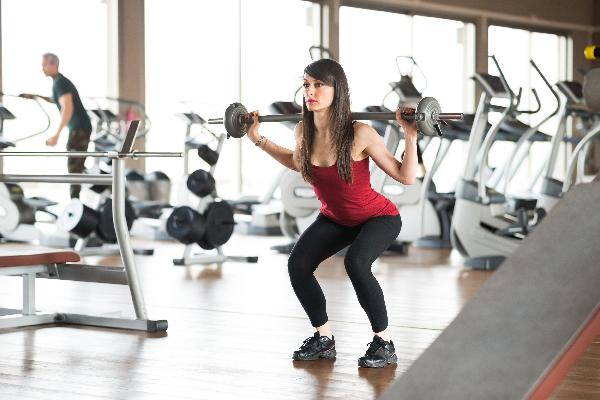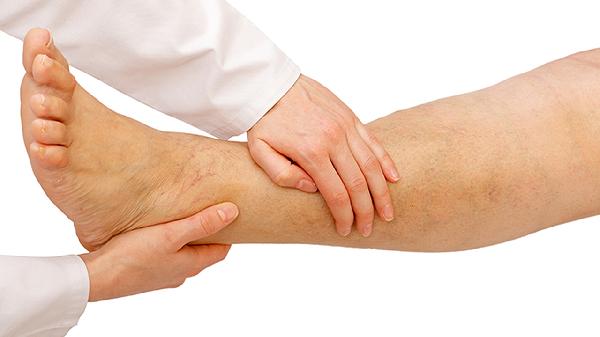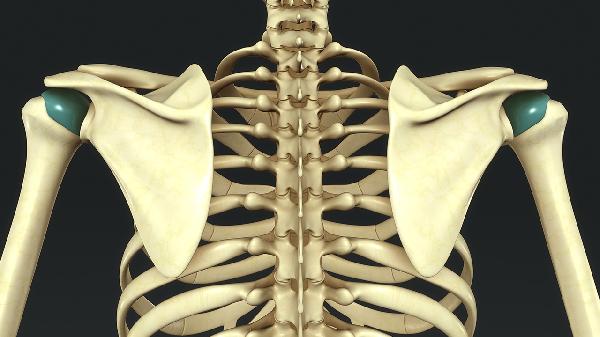Alright, let’s talk about squat depth—specifically, going lower than parallel. You’ve probably heard the hype about “ass to grass” squats, but is it really worth the effort? Here’s the deal: going deep in your squats can be a total game-changer, but it’s not without its caveats. Let’s break it down.

1. Full Range of Motion = Better Gains
When you squat lower than parallel, you’re engaging your muscles through their full range of motion. This means your quads, glutes, hamstrings, and even your core have to work harder, which can lead to better muscle growth and strength over time. Plus, you’re activating those stubborn lower glute fibers that don’t get much love in shallow squats. Win-win.
2. Improved Mobility and Flexibility
Going deep forces your hips, ankles, and knees to work in harmony, which can improve your overall mobility. Over time, this can translate to better movement patterns in other exercises (and in life, like reaching for that bottom cabinet without grunting).
3. Boosted Athletic Performance
Deep squats mimic the natural positions your body uses in sports like running, jumping, and even picking stuff up off the floor. By training this range, you’re building explosive power and stability that can take your performance to the next level.
4. Better Joint Health (Yes, Really)
Contrary to the myth that deep squats are bad for your knees, research shows they can actually improve joint health when done with proper form. The key is controlled movement and avoiding knee cave-in. Your cartilage loves being loaded through its full range—just don’t go slamming into the bottom of the squat like a wrecking ball.
5. Core Strength on Another Level
When you go deep, your core has to work overtime to stabilize your spine. This isn’t just about getting a six-pack—it’s about building a rock-solid foundation for all your lifts (and saving your back in the process).
But Wait… There’s a Catch
Before you go full YOLO on deep squats, keep these things in mind:
The Bottom Line
Going lower than parallel in squats can unlock serious benefits—more muscle, better mobility, and improved athletic performance. But like anything in fitness, it’s not a one-size-fits-all deal. Focus on quality over quantity, and don’t be afraid to scale back if your body’s giving you the side-eye.
Drop your thoughts below! Do you go deep, or do you stick to parallel? Tag a squat partner who needs to hear this!
























